Thorns in fruit-bearing plants are more than just a defense mechanism—they reflect centuries of natural adaptation. In the wild, these spines protect valuable fruit from grazing animals, giving the plant a better chance to mature and reproduce. For growers, thorny fruit plants can offer unique advantages: they’re naturally resistant to some pests, ideal for forming protective hedgerows, and often well-suited to tough environments where other crops might struggle.
Many of these plants also have cultural and ecological significance. Some are ancient cultivars with medicinal uses; others serve as critical food sources for pollinators and wildlife. Despite their prickly nature, they are valued not only for their fruit but also for their resilience and the diversity they bring to orchards and gardens alike.
This list explores 20 thorny fruit plants that offer more than meets the eye—plants that are not only productive, but also contribute to biodiversity, sustainability, and practical landscaping solutions.
1. Blackberry
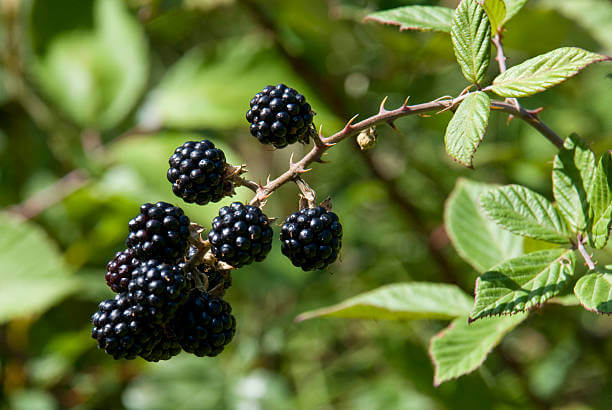
Wild and cultivated blackberries are famously thorny, with arching canes lined with fine, curved prickles that snag onto anything that brushes past. These thorns help the plant scramble and deter grazing animals. Despite their defenses, blackberries are generous producers, offering sweet, antioxidant-rich fruit and supporting pollinators throughout the flowering season.
2. Raspberry
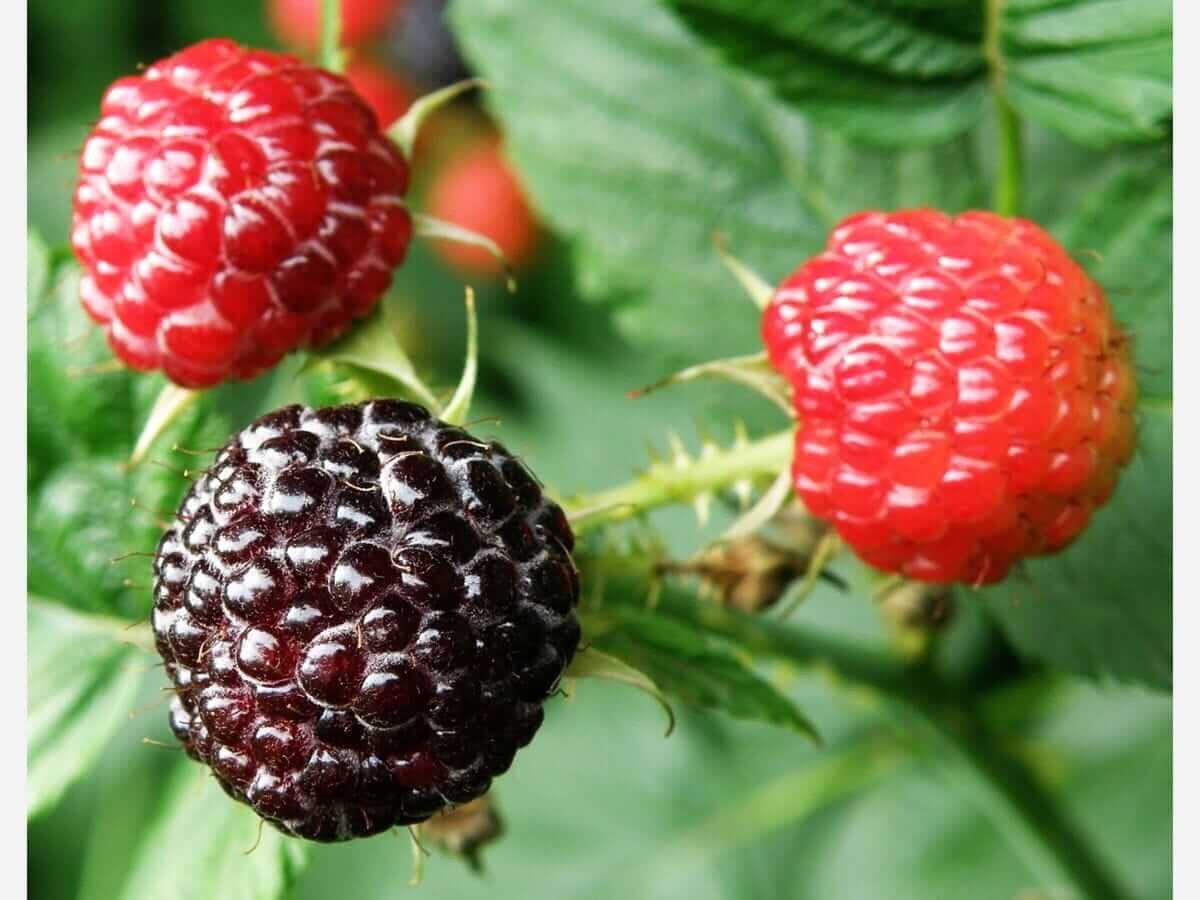
Raspberries, like blackberries, grow on canes that are typically covered in tiny thorns or bristles. While not as aggressively armed as some of their wild relatives, the spines still make harvesting a cautious task. These plants thrive in temperate climates and reward growers with fruit that’s prized for jams, desserts, and fresh eating.
3. Gooseberry
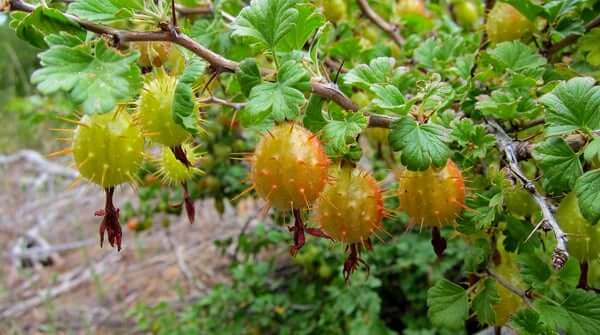
Gooseberries grow as compact, spiny shrubs with stiff, needle-like thorns emerging from leaf axils. These thorns help shield the tart green or red fruit from birds and herbivores. Gooseberries tolerate shade better than many fruits and are a popular choice in cottage gardens and heritage orchards.
4. Barberry
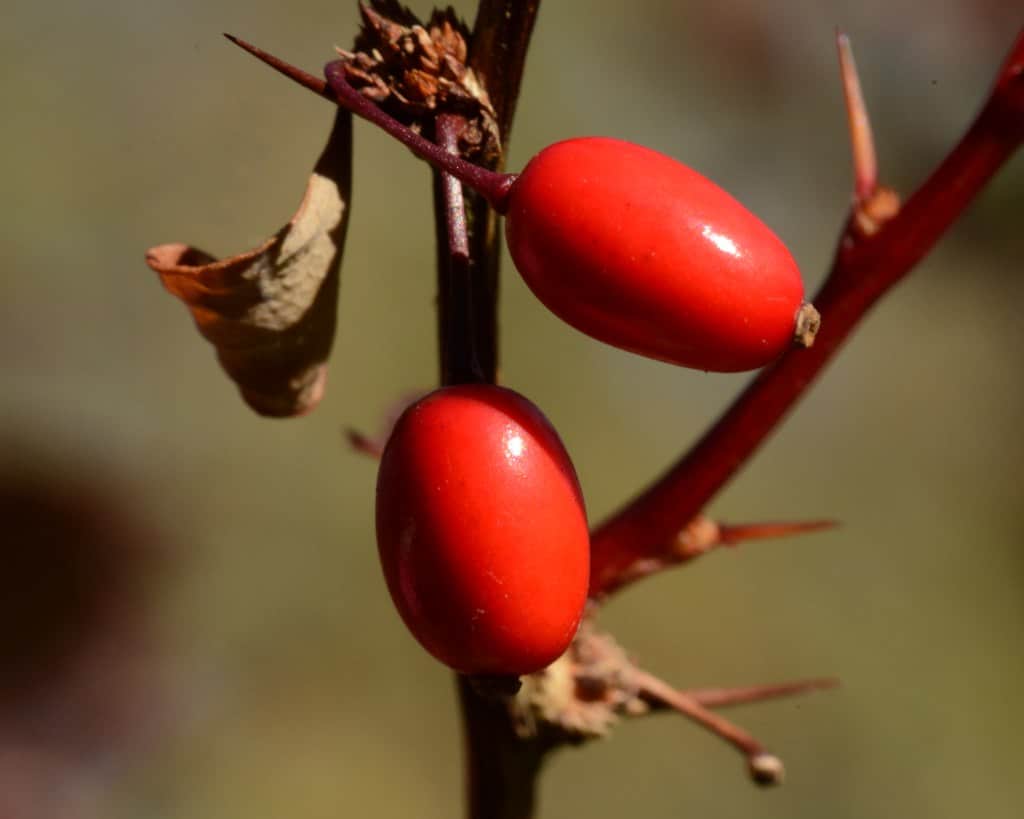
Both native and ornamental barberries are covered in slender, sharp thorns, often at the base of each leaf cluster. Though better known for their striking foliage and bright berries, some species bear edible fruit. They’re often used in hedging or erosion control, though certain species like Japanese barberry have become invasive in parts of North America.
5. Citrus Trees (Lemon, Lime, Orange)
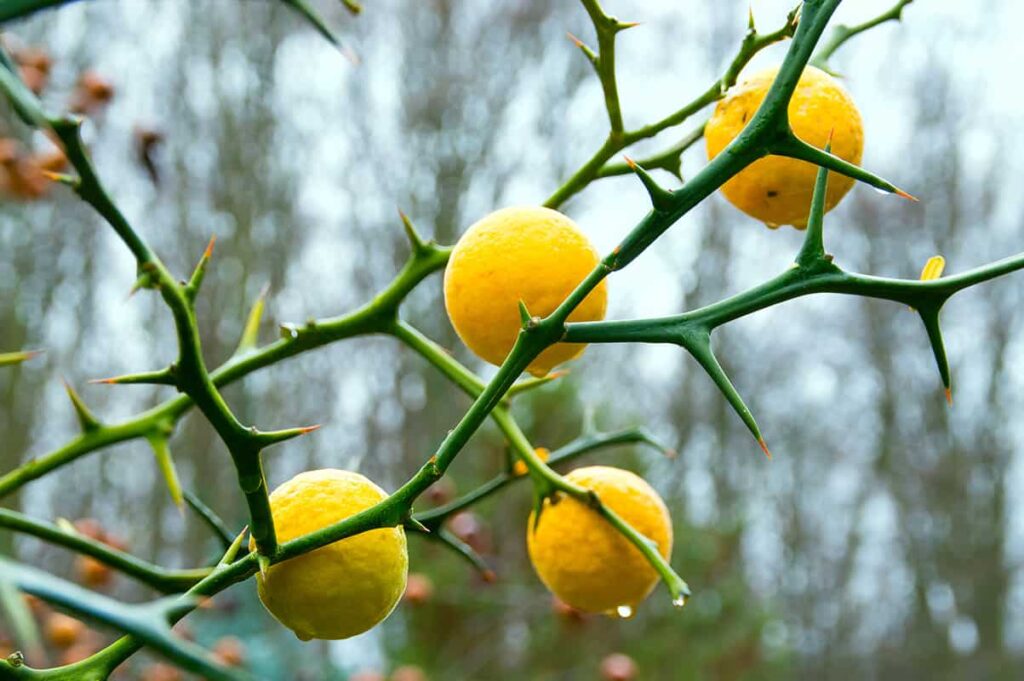
Many citrus trees, particularly older or wild varieties, feature hard, straight thorns along the branches. These spines protect young fruit from browsing animals. While many modern cultivars are bred to be thornless or nearly so, the thorny types are often more vigorous and hardy.
6. Pomegranate
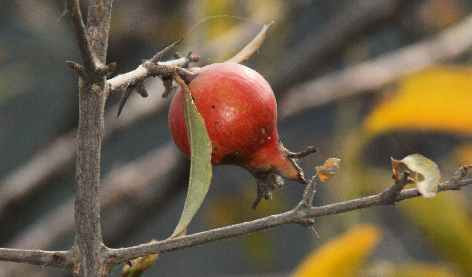
This Mediterranean-native shrub or small tree has rigid, thorn-tipped branches that form a natural barrier. The thorns not only defend the juicy, seed-filled fruit but also make pomegranates useful in security hedges. The plant is drought-tolerant and thrives in arid regions, producing blossoms that attract pollinators.
7. Jujube
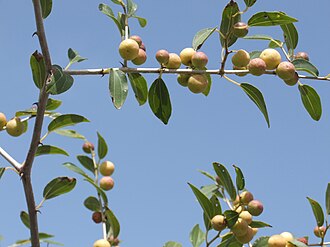
Also known as Chinese date, the jujube tree is armed with sharp spines, especially on young shoots. These thorns are more prominent in wild or semi-wild forms and fade as the tree matures. The sweet, chewy fruits are rich in vitamin C and used medicinally across Asia.
8. Date Palm
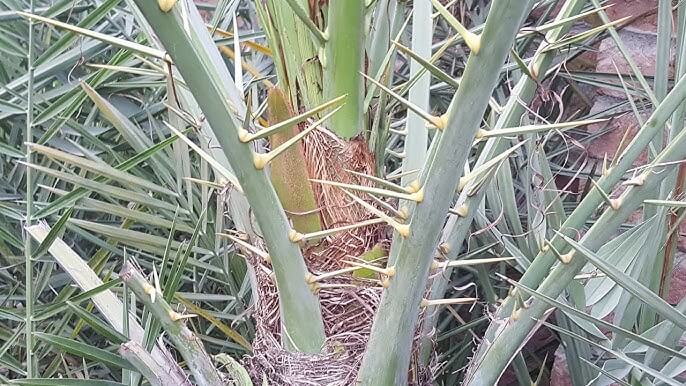
Date palms bear formidable spines at the base of their fronds—stiff, dagger-like projections that can cause serious injury. These evolved to protect the fruit-bearing crown. Native to the Middle East and North Africa, the trees produce one of the world’s most ancient cultivated fruits and require hot, arid climates to thrive.
9. Kei Apple
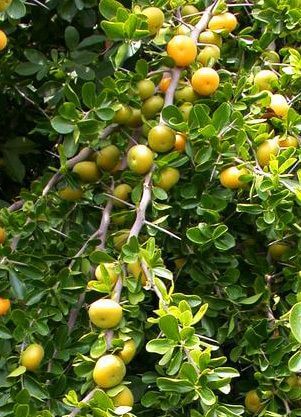
A dense, spiny shrub native to southern Africa, the Kei apple is almost impenetrable thanks to its long, rigid thorns. Often planted as a living fence, it also yields small yellow fruit with a tart flavor used for jams and preserves. Its drought resistance makes it ideal for dryland landscaping.
10. Blackthorn / Sloe
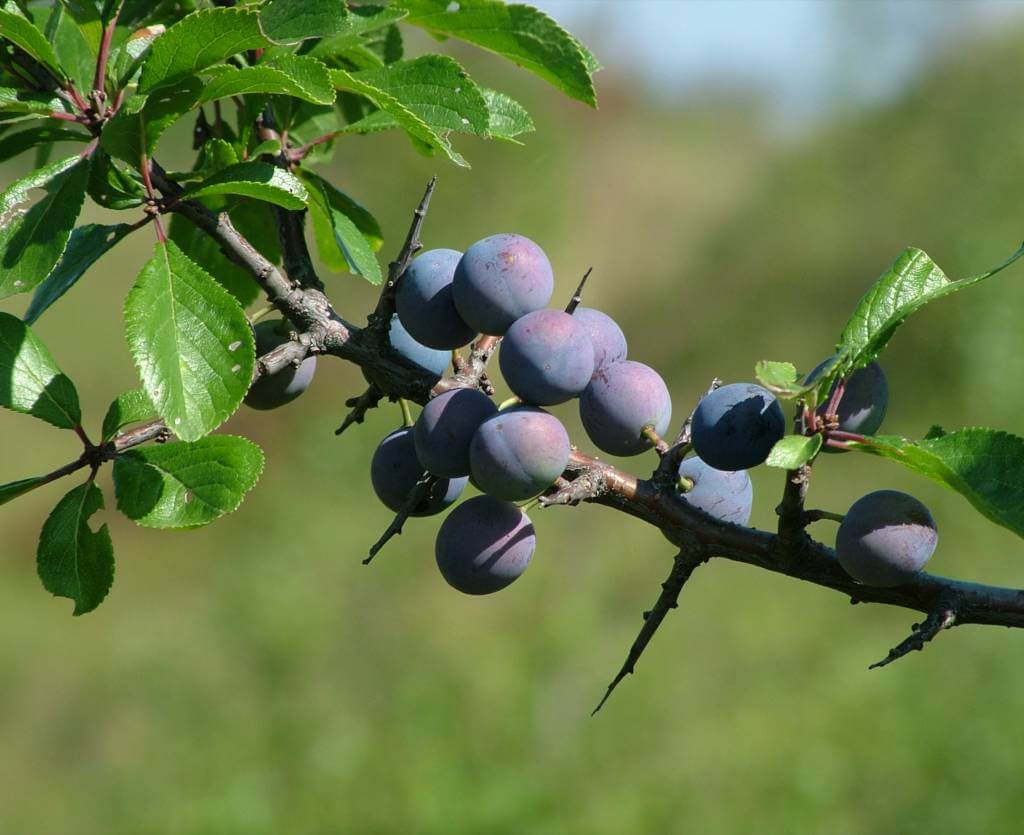
Blackthorn is a wild, shrubby tree native to Europe, recognized by its dense growth and wicked thorns. It produces small, bitter blue-black fruits called sloes, used traditionally to make liqueurs. Its early white blossoms feed pollinators in late winter, well before other fruit plants bloom.
11. Hawthorn
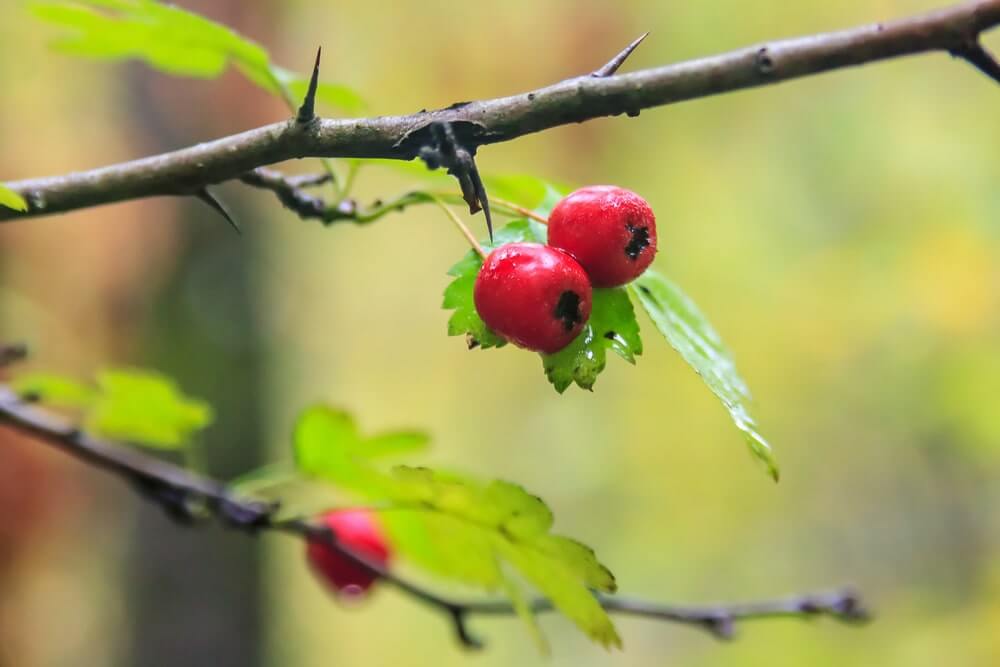
Hawthorns are small trees or large shrubs with robust, woody thorns that can grow over an inch long. These spines make them ideal barrier plants. The red fruits, or “haws,” feed birds and wildlife and have been used in traditional medicine for heart health. They’re hardy and often thrive in poor soils.
12. Bael Fruit
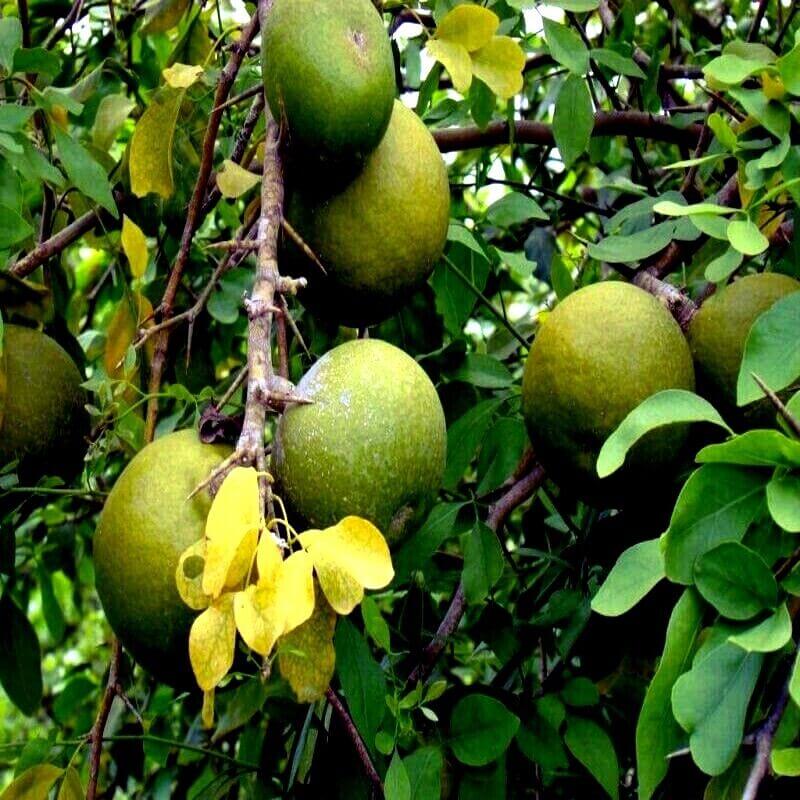
Native to India, the bael tree is armed with strong, straight thorns and is deeply revered in Ayurvedic medicine. Its fruit, which has a hard woody shell, is used for digestive remedies and religious rituals. Bael thrives in dry climates and has remarkable drought resistance.
13. Salak (Snake Fruit)
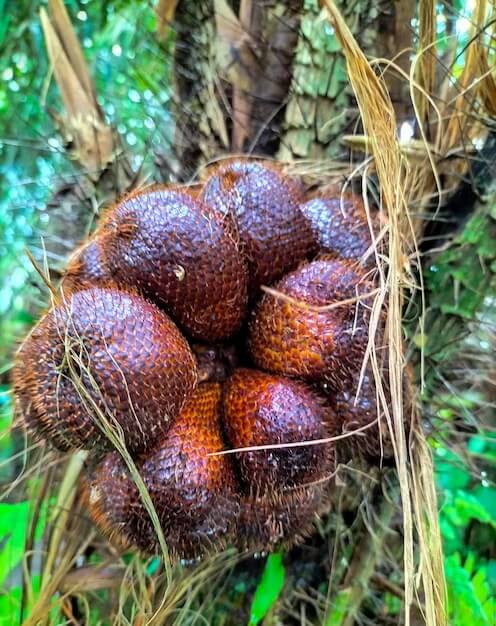
This unusual tropical fruit comes from a short palm with densely packed, needle-sharp spines on its stems and leaf stalks. The reddish-brown fruit has a scaly skin and sweet-tart flesh. Harvesting is tricky due to the intense thorn coverage, but the reward is a delicious delicacy widely enjoyed in Southeast Asia.
14. Prickly Pear (Opuntia)
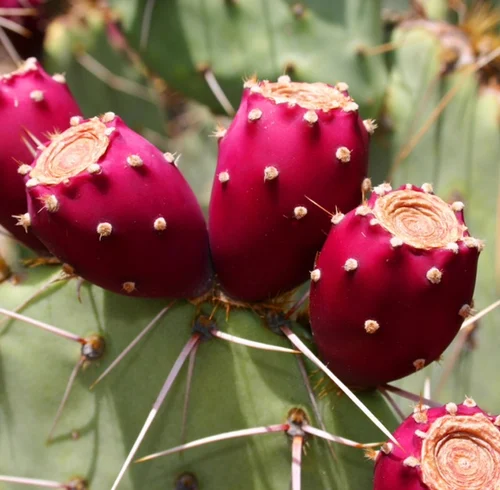
Prickly pears are cacti with fleshy pads covered in large spines and tiny, irritating glochids. The plant produces edible pads (nopales) and fruit (tunas), which are used in traditional dishes and drinks. Its ability to thrive in arid environments makes it a valuable resource in drought-prone regions.
15. Honey Locust
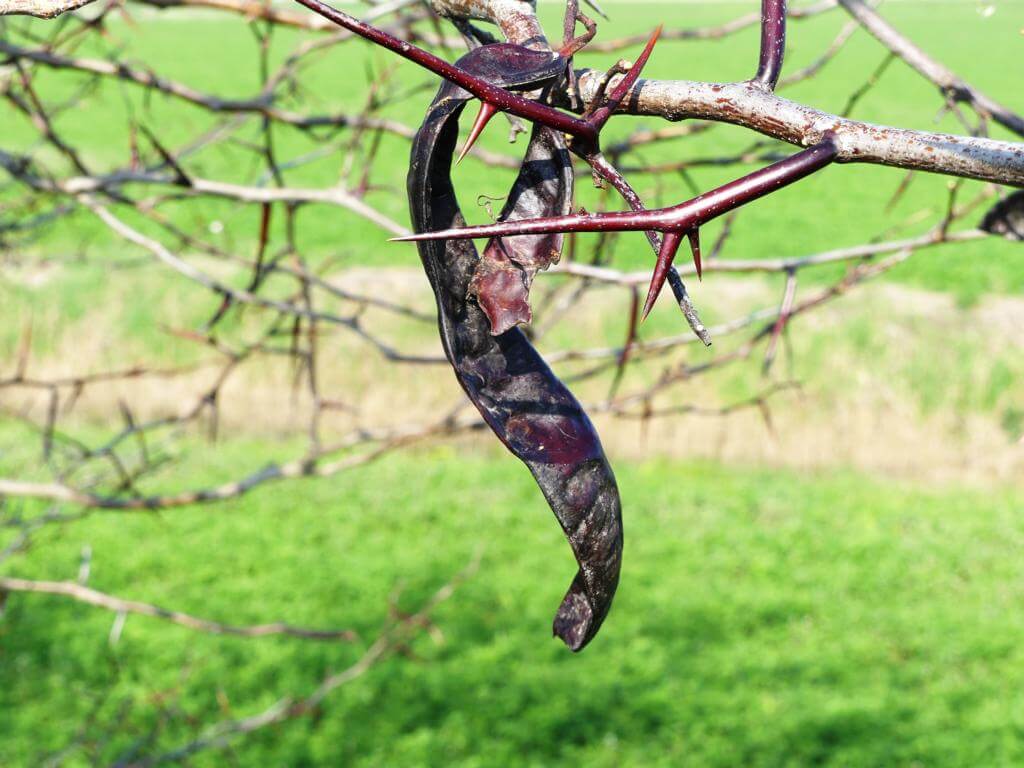
While not a classic fruit tree, the honey locust bears long, twisted seed pods and sometimes massive branched thorns on its trunk and branches. Some trees are nearly thornless, but wild types can have fearsome spines over a foot long. The sweet pulp of the pods was historically eaten by Native American tribes.
16. Governor’s Plum
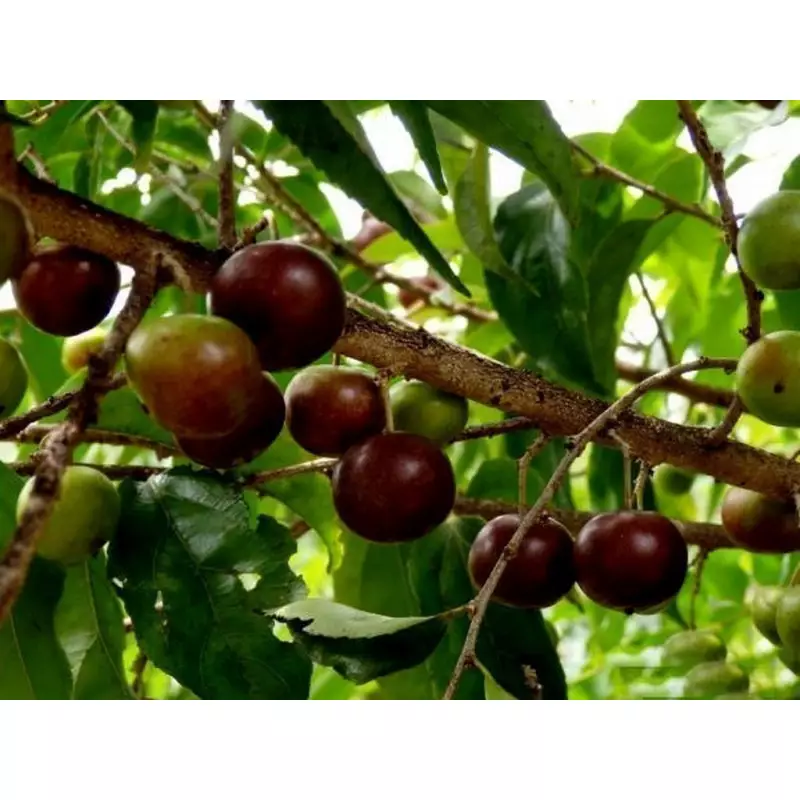
This tropical shrub has stiff, horizontal thorns and dense growth, making it a popular choice for natural fencing. It bears small, dark red or purple fruits with a tangy flavor. The plant is resilient, tolerating drought and poor soil, and is often found in scrub or forest-edge habitats.
17. Karonda (Carissa)
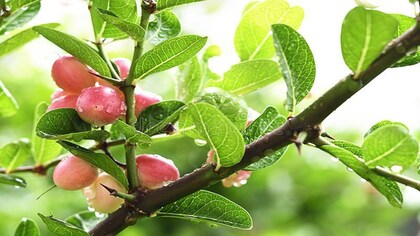
Karonda is a spiny shrub native to India, with forked, hard thorns and shiny green leaves. Its small, dark red fruit is packed with vitamin C and used in pickles, preserves, and chutneys. The plant is valued as a living barrier and for its ornamental appeal when in flower.
18. Dragon Fruit (Pitaya)
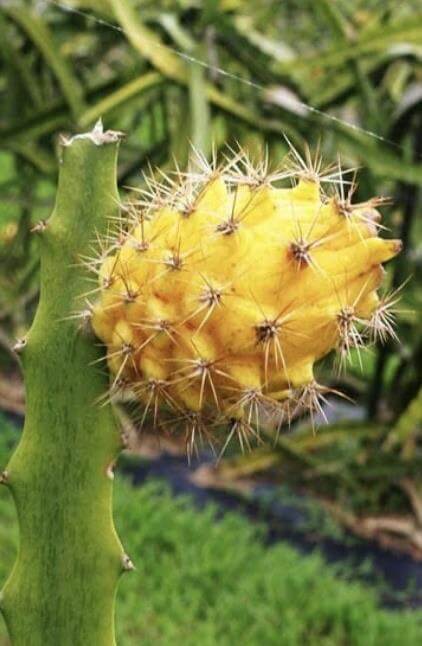
Dragon fruit grows on a climbing cactus with aerial roots and sharp spines along the stems. While some modern hybrids are nearly spineless, wild types retain thorns that demand caution during harvest. The stunning fruit is rich in fiber and antioxidants, and the plant thrives in hot, dry regions.
19. Elephant Apple (Dillenia indica)
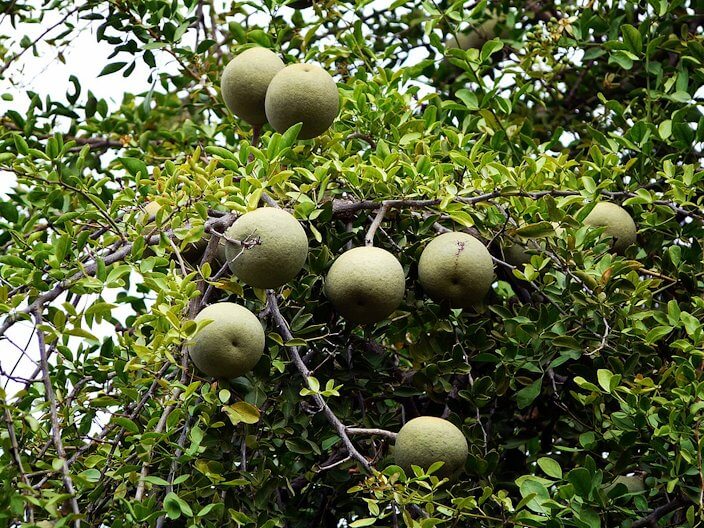
This tropical tree has stiff, spreading branches with large, simple leaves and occasional thorns on young stems. Its sour, fibrous fruit is valued in chutneys and curries. Native to Southeast Asia, it’s often planted in home gardens for both shade and fruit production.
20. Sea Buckthorn
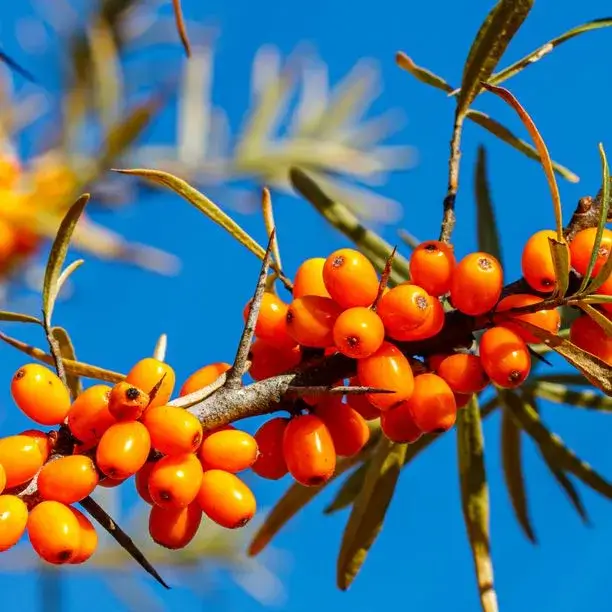
Sea buckthorn is a hardy, deciduous shrub notable for its silvery foliage, bright orange berries, and—true to this list—its spiny branches. These sharp thorns serve as a natural deterrent, making the shrub useful in barrier plantings or wildlife hedges. Native to Europe and Asia, sea buckthorn thrives in poor, sandy soils and tolerates salt spray, which makes it an excellent choice for coastal or erosion-prone landscapes.
The plant’s small, nutrient-dense berries are packed with vitamin C and omega fatty acids, often used in health supplements, juices, and skincare products. While the harvest can be tricky due to the thorns and the berries’ tendency to cling tightly to the branches, the reward is a fruit that’s as medicinal as it is ornamental.
